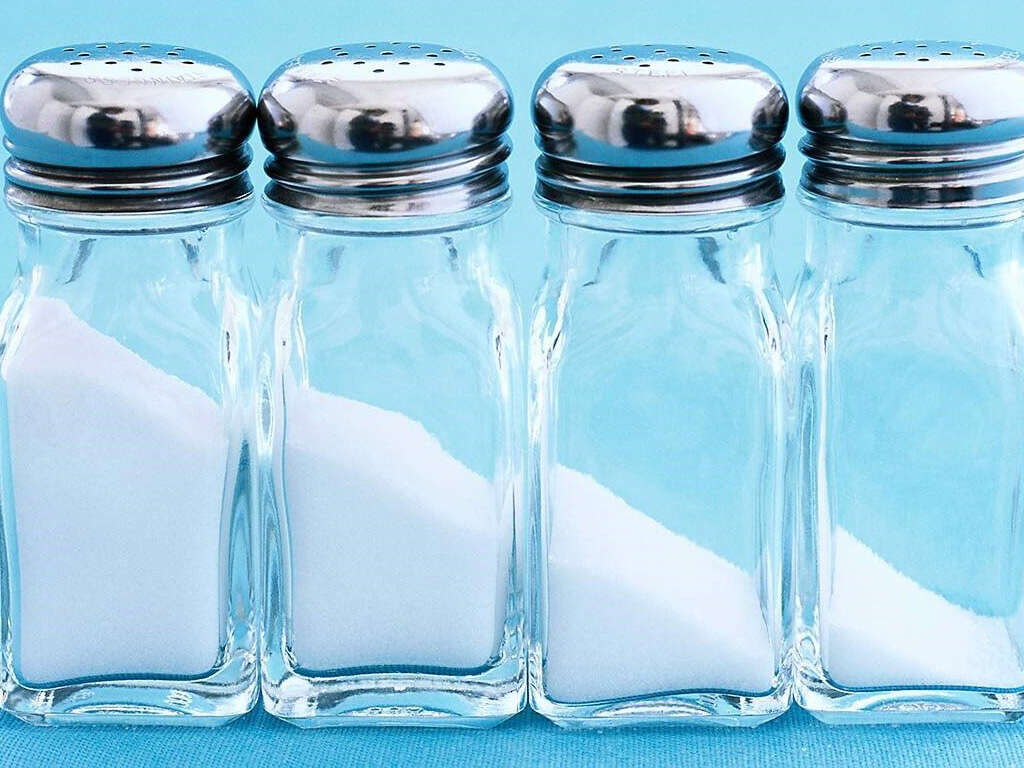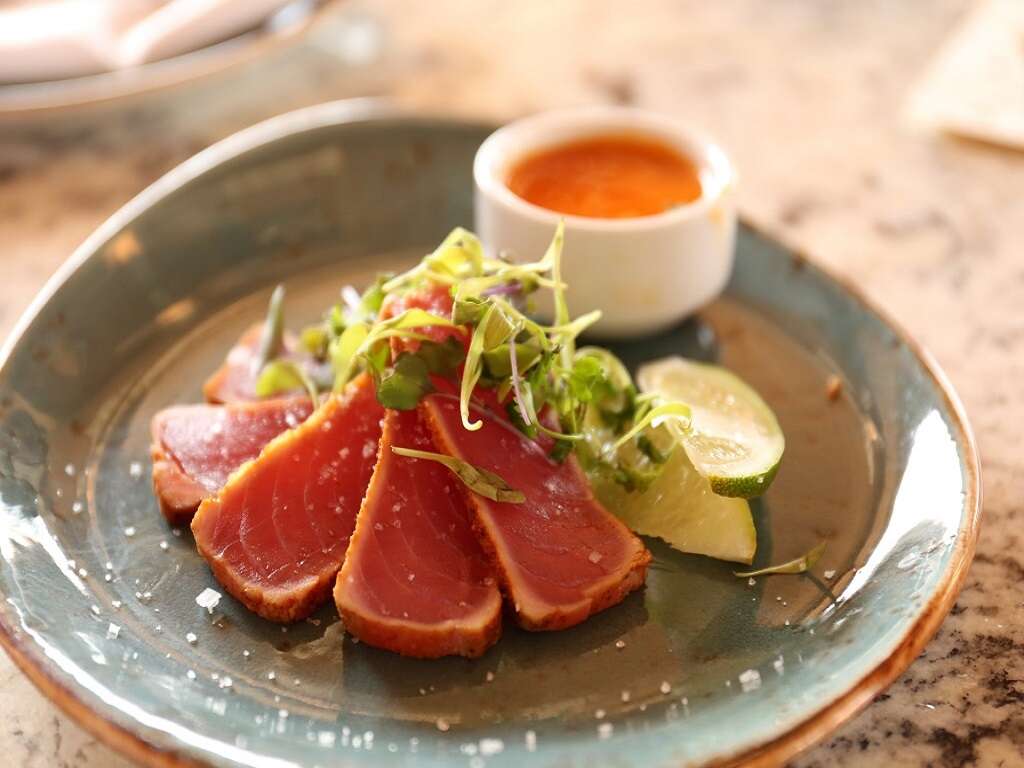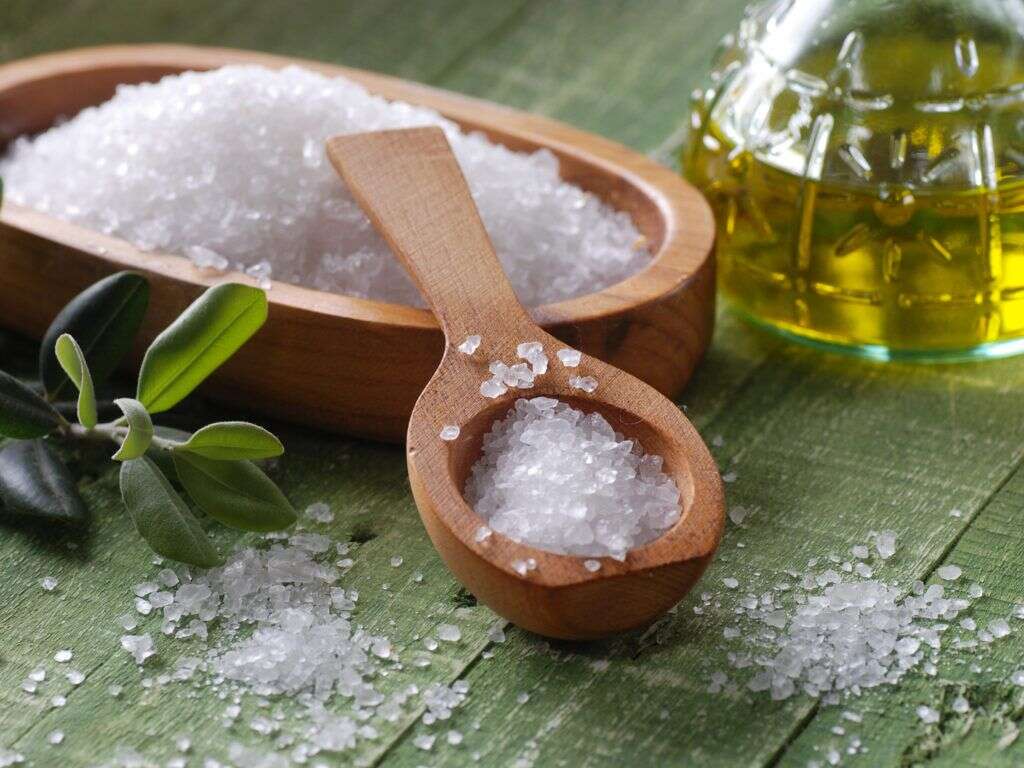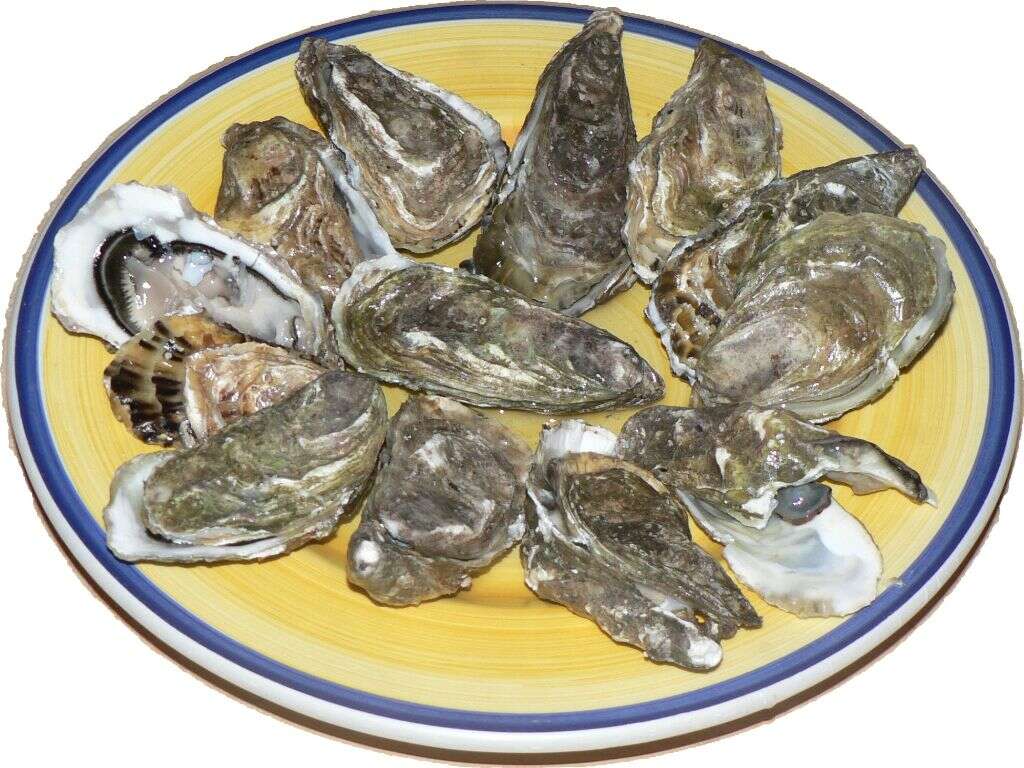10 Foods High In Sodium
A diet high in sodium can be very detrimental to anyone. Diets high in sodium have been linked to diabetes, heart disease, and decreased life span.
Currently, the recommended daily amount of sodium is 2,300 mg per day for the average consumer. Unfortunately, a new study found most adults consume 3,400 mg of sodium. This is much more than the recommended amount.
Many individuals do not believe they consume much sodium because their foods may not taste salty. However, sodium is found in many foods that do not even taste salty. For instance, baked goods, meats, and grains have a good amount of sodium despite not tasting salty. Restaurant food, frozen food, and grains are some of the highest contributors to sodium in the average American diet.
Food #1: Deli Meats
A lot of people know better than placing the salt shaker on the table. However, it is the sneaky hidden sources of sodium which tend to get people into trouble.
A deli meat sandwich is an easy quick meal that many people rely on for lunch. One piece of deli ham can have over 300 mg. And as one serving of deli meat is 3 oz., which is around 4 slices, the amount of sodium can really add up. In addition, a deli sandwich will usually comprise of a spread, such as mayonnaise or mustard, which can also add up the sodium amount. To avoid the high sodium content, choose fresh chicken or fish in a sandwich.
Food #2: Breakfast Cereals
Everyone enjoys a quick and easy breakfast. And with the short amount of time we have in the morning to get ready, cereal for breakfast is often the go to. However, many breakfast cereals come with high amounts of sodium.
Corn Flakes, which are often considered a “healthier” cereal, have over 200 mg of sodium in one cup. In addition, the sugary cereals, the ones kids love, such as Captain Crunch and Frosted Flakes, also have this amount of sodium. With the high sugar content of these cereals and low nutrient profile, it may be beneficial to skip the cereal or simply be more cautious of meal choices throughout the day.
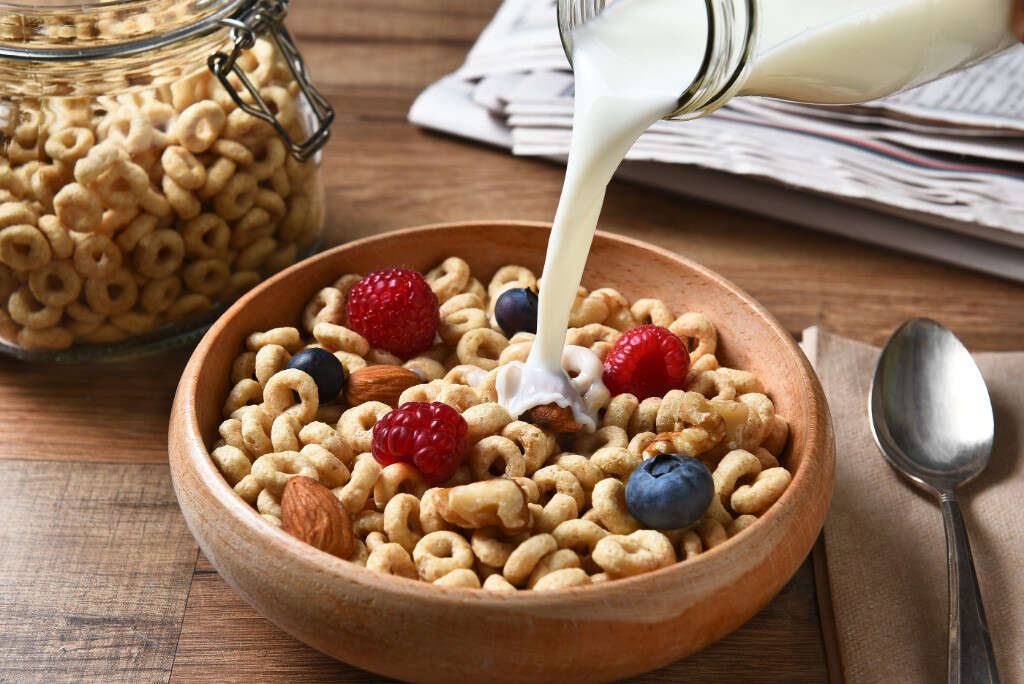
Food #3: Canned Soup
Canned soups are quick and easy to warm up on the stove; however, they often pack a lot of sodium in them. Although the reduced sodium versions are becoming popular, they often still contain a lot of sodium.
On average, canned soup has 700 mg of sodium. In other words, just one can of soup comprises of 30% of the recommended daily allowance. To try and avoid this, making your own soup with water may be the best bet to avoid a sodium overload.
Food #4: Vegetable Juice
Juicing has become a very popular trend over the years. With this trend, we began to see the rise of vegetable juice, smoothies, and fruit juices in grocery stores. However, many of these items not only include a lot of sugar, they also include high amounts of sodium as well.
One of the biggest contributors of sodium from this list is tomato juice. Although it may sound like a healthy option, a closer look at the nutrient label may say otherwise. A can of tomato juice can reach up to 700 mg per 8 oz. serving. To be considered a low sodium source, the label would have to read 140 mg or less. Thus, tomato juice is far from a low sodium source. The high sodium content in tomato juice is to preserve flavor. However, a single tomato only has 8 mg of sodium, thus blending your own tomato juice would be a great way to reduce sodium intake.
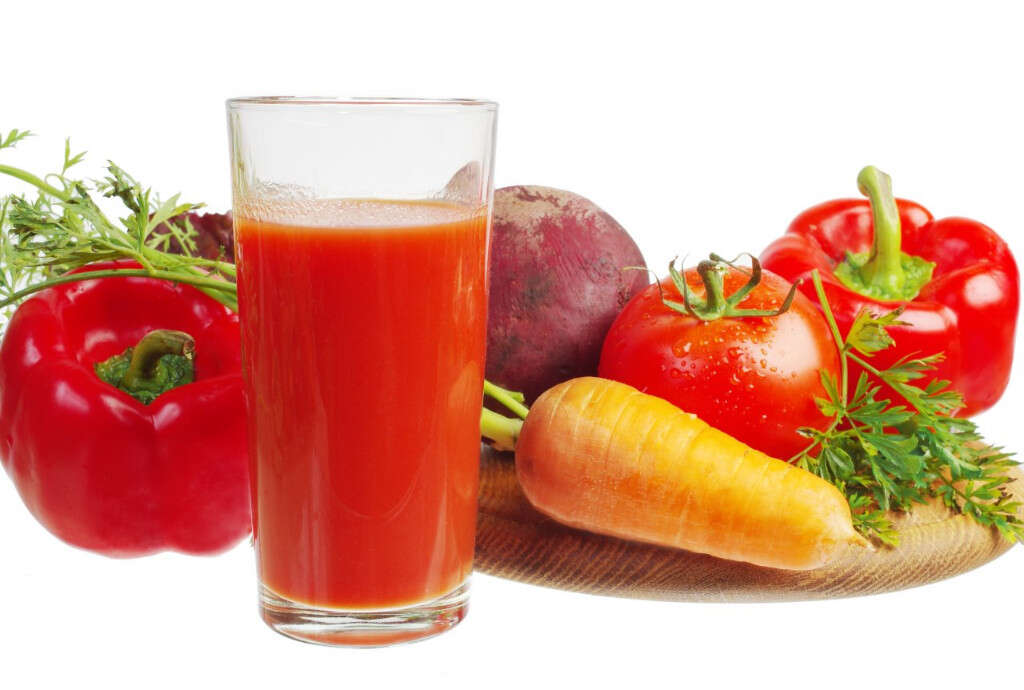
Food #5: Bagels
Like breakfast cereals, bagels are also very high in sodium. Bagels are very tasty, but one bagel can have up to 500 mg of sodium. This means the consumption of a plain bagel comprises of 20% of the RDA for sodium. Of course, most people do not eat plain bagels—rather with cream cheese or some spread. This can also pack on the overall sodium amount as well.
When eating bagels, it is best to choose smaller portions, avoid eating them regularly, and opt for whole grain. In addition, when choosing a spread, try to avoid high sodium spreads. Philadelphia cream cheese contains 100 mg of sodium per 1 tbsp. Thus, be sure to minimize portions.
Food #6: Condiments
Condiments are one of those items many people do not pay attention to. However, what may seem like a low sodium meal can easily be transformed into a high sodium meal if too much of a condiment is used.
For instance, just one tablespoon of ketchup contains 150 mg per 1 tablespoon. Some teriyaki sauces can reach 800 mg of sodium and, even worse, some soy sauces can reach 1,000 mg of sodium. That is almost 50% of the RDA. Although not as high, salad dressings can also contain a significant amount of sodium. Thus, it is beneficial to portion the condiments, or try to season your food in your own kitchen where you have more control of portions. If at a restaurant, ask for the condiments to be placed on the side to avoid over portioning.
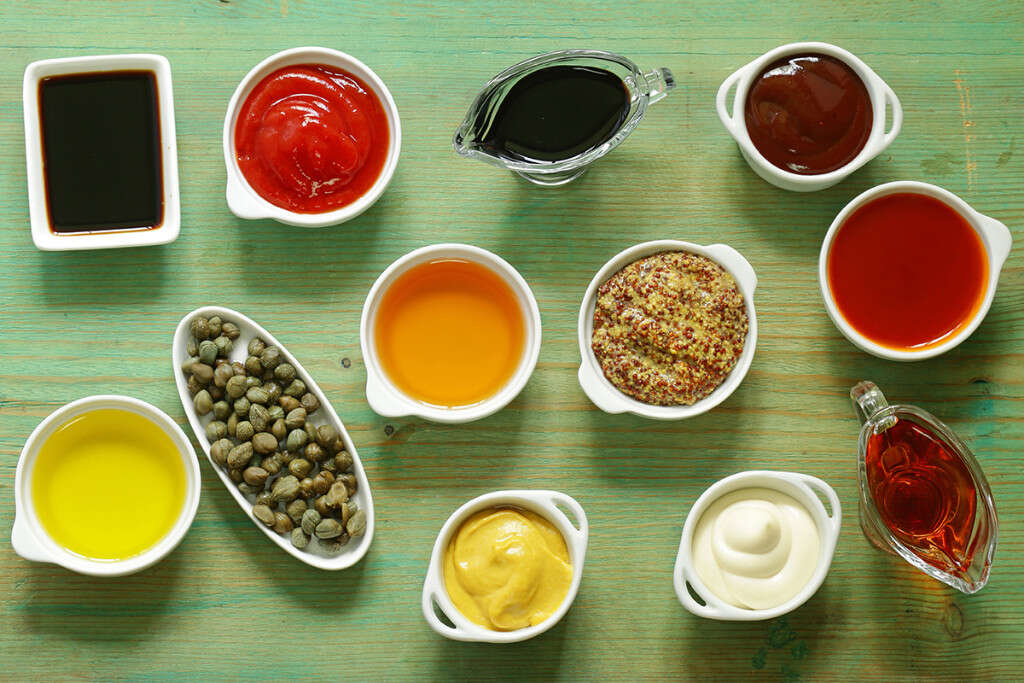
Food #7: Frozen Meals
The frozen foods section of your grocery store can be another hiding place for salt. Frozen meals like pizza or meatloaf dinners might contain up to 1,800 mg of sodium—enough to put you over the AHA’s daily limit in just one meal. These meals also tend to be high in fat and calories, which are also very harmful if consumed on a regular basis.
Excess salt causes your body to retain fluid, which will not only be leaving you feeling bloated, but can also lead to high blood pressure. Look for low-sodium options or, better yet, cook your own meals from scratch.
Food #8: Spaghetti Sauce
Many people love a good pasta dish. Spaghetti sauce is often the sauce of choice in our pasta. However, canned spaghetti sauces can contain a lot of sodium. And if you are watching your sodium intake, canned sauce may need to be avoided.
In just one cup of spaghetti sauce, one can expect a sodium content of 1,000 mg per cup. If you add meat such as beef or meatballs or additional seasoning to the sauce, this will increase the sodium content tremendously. Luckily, there are some good low sodium pasta sauces. Pesto is also a good alternative sauce. Although not a low sodium source, a store-bought pesto contains a significantly less amount of sodium then spaghetti sauce. The best alternative would be to make a sauce from scratch.
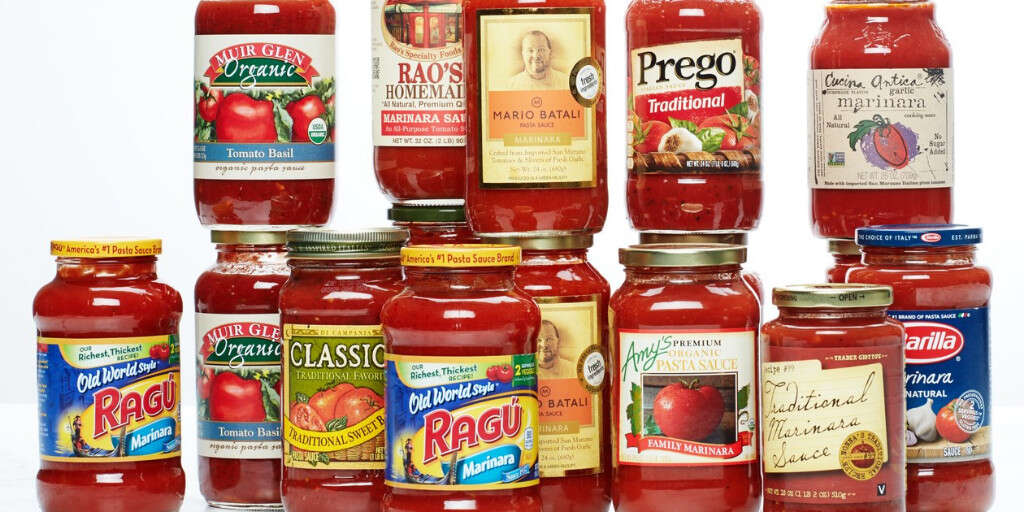
Food #9: Dairy Products
Dairy is a good source of calcium and vitamin D; however, some dairy products have a noticeable amount of sodium. Cottage cheese, though high in protein, has a significant amount of sodium due to the processing of the cheese; however, some sources state rinsing cottage cheese in a strainer can significantly decrease the sodium load.
Sliced cheese is also a culprit in adding sodium to our diets. Sliced cheese is often added to sandwiches. However, one slice of American cheese can contain up to 400 mg per slice. A healthier alternative to American cheese would be mozzarella, which contains a quarter of the amount of sodium. Swiss cheese is also a great choice as it contains only 60 mg per ounce.
Food #10: Salty Seafood
Seafood is a great addition to a heart-healthy diet. Prepared in a healthy way, seafood can help lower cholesterol, which in turn helps lower blood pressure. But you need to choose your seafood wisely, as options like shellfish and canned tuna fish are high in salt. Three ounces of canned tuna has 300 mg of sodium, and four large shrimp have 200 mg. Better seafood choices include fresh tuna, salmon, halibut, and haddock.
Before putting any food in your grocery cart, follow this simple rule of thumb: The bottom line on hidden food sources of sodium is to check your labels and choose products with less than 140 mg per serving.




